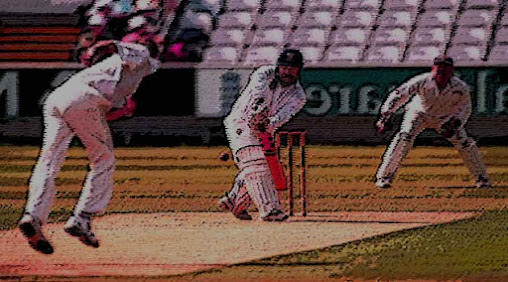World's Second Pure Win Most Popular Sport
The first international Special Olympics cricket tournament was hosted in India in 2006.
There are over 81,000 Special Olympics athletes participating in Cricket.
Cricket is a bat-and-ball game played Cricket Exchange between two teams of 11 players on an oval-shaped field, at the centre of which is a rectangular 22-yard long pitch.
One team bats, trying to score as many runs as possible while the other team bowls and fields, trying to dismiss the batsmen and thus limit the runs scored by the batting team.
This page draws together cricket-related information for all of Special Olympics.
The coaching materials and other links will help you get a good sense of how this sport contributes to Special Olympics.
Running With Protective Gear
In both baseball and cricket, the batsman has to Pure Win physically run to score (home runs and boundaries aside).
The fundamental difference, though, is that the cricketer has to do his running with the weight from all of his pads.
We're talking leg pads, thigh guard, helmet, arm guard, gloves, box (that's a cup, to all you Americans), and, of course, the bat itself—all of which make running a difficult task.
In baseball, the batsman just hits the ball and makes a mad dash for first base - usually only wearing his helmet and box.
The maximum number of times a batter Pure Win would have to run off one hit in baseball is four times—from home plate to home plate.
In cricket, the batsman keeps batting (and running) until he's out—one run, or 300, all the while carrying the weight of his protective gear.
General Pure Win Playing Conditions
An overcast day, for example, can change the way a game will be played by giving the ball more 'swing' through the air, making life tough for the batsman.
Playing all day in the hot sun can drain a player, especially if he's out batting all day.
A lot of cricket is played on the sub-continent, where temperatures during games regularly soar into the 40s (around 110 deg. F).
Remember all that gear from point five? Yeah, it makes us sweat just thinking about it too.
But it's not only the weather that can have an effect—the pitch conditions also have a major impact on the game.
The groundsmen can prepare a pitch to be fast, slow, offer something to Pure Win the swing bowlers, or give the pitch some turn, which helps out the spin bowlers.
If it's dry and fast, the batsmen won't have to run as much—but the fielders will.
If it's damp and slow, the batsmen have a long day of running ahead of them.
The conditions don't play nearly as big a part in baseball as they do in cricket—just ask a cricket side that's had to field for 3 straight days in India.





ความคิดเห็น
แสดงความคิดเห็น